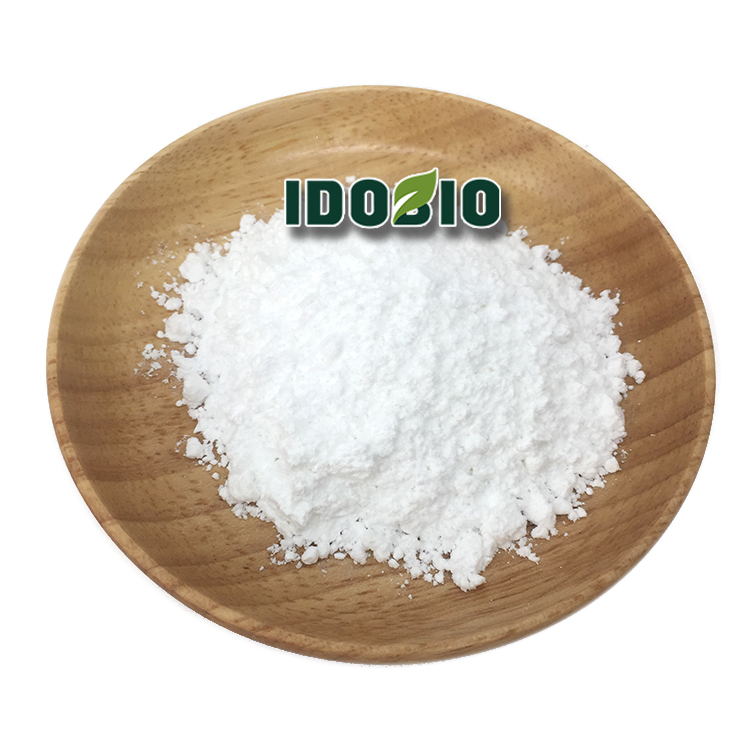Contact Us
For Product Pricing, Customization, Or Other Inquiries:
Contact Supplier
Call Us
L-Cysteine CAS 56-89-3
CAS number 52-90-4
Molecular weight 121.158
Density 1.3±0.1 g/cm3
Boiling point 293.9±35.0 °C at 760 mmHg
Molecular formula C3H7NO2S
Melting point 220 °C (dec.)(lit.)
Flash point 131.5±25.9 °C
Cysteine is a sulfur-containing amino acid found in foods like poultry, eggs, dairy, red peppers, garlic and onions.
It works as an antioxidant, in the production of collagen (a component of hair, skin and nails) and is also used in the body to create glutathione,
another important antioxidant.
L-Cysteine is a non-essential standard amino acid that can be synthesized by the human body under normal physiological conditions
if a sufficient quantity of methionine is available.
L-Cysteine is commonly used as a precursor in the food and pharmaceutical industries.
In the cosmetics industry, it can be used for hair perming formulations.
Common name L-cysteine
CAS number 52-90-4
Molecular weight 121.158
Density 1.3±0.1 g/cm3
Boiling point 293.9±35.0 °C at 760 mmHg
Molecular formula C3H7NO2S
Melting point 220 °C (dec.)(lit.)
Flash point 131.5±25.9 °C
L-cysteine, an amino acid commonly found in living organisms.
It is one of the α-amino acids containing sulfur (high school people teach chemistry elective 5 amino acids do not contain sulfur),
which is purple in the face of nitroprusside (due to SH color),
exists in many proteins and glutathione, and can form insoluble mercaptide with Ag, Hg, Cu and other metal ions.
That is, R-S-M ', R-S-M "-S-R(M ', M" is 1 valence metal, 2 valence metal).
Molecular formula C3H7NO2S, molecular weight 121.16. Colorless crystal. Soluble in water, ethanol, acetic acid and ammonia,
insoluble in ether, acetone, ethyl acetate, benzene, carbon disulfide and carbon tetrachloride.
It can be oxidized to cystine by air in neutral and weakly alkaline solutions.
Main use
Mainly used in medicine, cosmetics, biochemical research and so on.
Used in bread to promote gluten formation, promote fermentation, mold, prevent aging and so on.
Used in natural fruit juices to prevent vitamin C oxidation and to prevent juice from turning brown.
The product has detoxification effect and can be used for acrylonitrile poisoning and aromatic acidosis.
| L-Arginine base | |
| L-Arginine HCL | L-Norvaline |
| L-Alanine | L-Ornithine HCL |
| L-Aspartic acid | L-Phenylalanine |
| L-Asparagine Mono | L-Proline |
| L-Citrulline | L-Threonine |
| L-Cysteine HCL Anhydrous | L-Tyrosine |
| L-Cysteine HCL Monohydrate | L-TryptoPhan |
| L-Cystine base | L-Valine |
| L-Glutamic acid | D-Proline |
| L-Glutamine | DL-Methionine |
| L-Isoleucine | N-Acetyl-DL-Leucine |
| L-Leucine | N-Acetyl-DL-Methionine |
| L-Hydroxyproline | N-Acetyl-L-Cysteine |
| L-Histidine base | N-Acetyl-L-Tyrosine |
| L-Histidine HCL | N-Acetyl-L-Glutamine |
| L-Lysine HCL | N-Acetyl-L-Methionine |
| L-Malic acid | S-Carboxymethyl-L-Cysteine |
| L-Methionine | Taurine |






